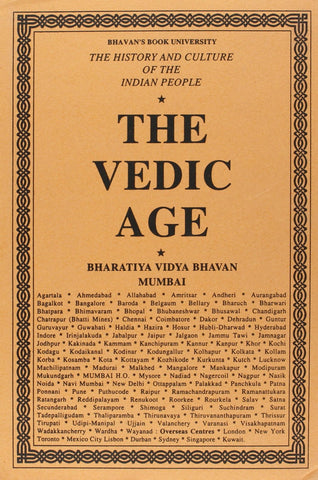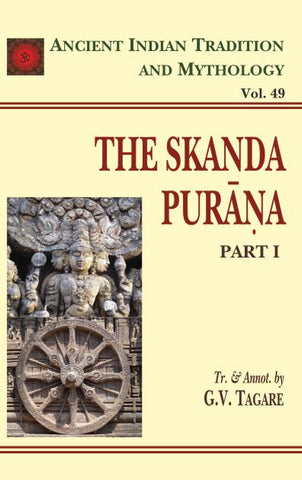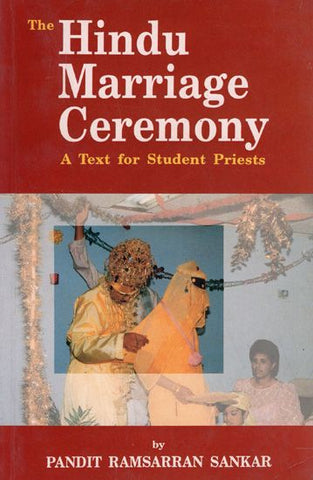Your cart is empty now.
From the Vedas to Sutra and Smrti texts, from the time honoured epics to the foreigners' travelogues and literary classics leave alone Kautilya's far-famed Arthasastra and other treatises of its genre, ancient Indian literature carries myriad references, bearing out not just the principles, philosophy and mechanisms of good governance, but the existence of a well-organised, hierarchical civil service as well. Yet Dr. Pandey's happens to be the first ever research effort to consider governance/civil service in ancient India: in all its different manifestations.
Covering a vast time-span: from the Vedic times to about the seventh century AD, Anup Pandey's research explores the evolution, nature scope, functions, importance, and other kindred aspects of the ancient Indian civil service with meticulous description of its varying contours during the reigns of the Mauryas, Indo-Greeks, Sakas, Pahlavas, Kusanas, Imperial Guptas, and Harsavardhana. Also, the book tries to unveil the ancient Indian polity's perceptions/norms/modes of good, ethical governance, largely on the basis of sacred works, like the Ramayana and the Mahabharata.
Together with inscriptional and numismatic evidence, the author has marshaled an astonishing mass of literary sources to show, beside a lot else, how an efficient civil service in ancient India was viewed as an imperative for the vitality of the state; and why, therefore, high-ranking functionaries/bureaucrats, entrusted with legislative, executive, financial and the like offices, or with policing and military duties, were often scrupulously chosen from among the polity's best talent.
Invaluable to the scholars of ancient Indian history, political science and government.
Dr. Anup Chandra Pandey, an alumnus of Punjab University, is both a scholars and bureaucrat who has ingeniously combined his scholastic pursuits with insights from his professional career to explore the comparatively uncharted terrain the systems and modes of governance: present and long past. He has been awarded PhD degree by Magadh University, Both Gaya.
An officer of the Indian Adminis-trative Service (IAS), with intensive experience in varied official positions of responsibility, Dr. Pandey has also coauthored A New History of Ancient India.
Preface
The ancient Indian word for the civil service, as used in literature and inscriptions, is generally amatyas. While words like saciva and mantrin denote particular posts and offices, the word amatya is generic in nature and stands for the whole lot of high functionaries comprising the Central and Provincial bureaucracy. It is a pool like our present-day All India and Provincial Civil Services from which are drawn various types of officials manning numerous departments. Thus, a saciva, a mantrin, a senapati, a sandhi-vigrahika, to name only a few, will all be amatyas. But, an amatya may not necessarily be a saciva or a mantrin only.
The perusal of our literary sources makes it amply clear that amatyas were carefully recruited, trained, appointed, maintained, promoted and demoted in accordance with well-set norms. Later, they were put in charge of different offices according to their qualifications, aptitudes and proven caliber and capabilities.
There was a well-organised hierarchy of bureaucrats with seniors supervising the work of their juniors; in most cases, with a view to avoiding red-tapism, the seniors were empowered to rewards, punish and transfer their juniors without reference to the central authorities. Besides seniors' supervision, periodical auditing, counter-checking and the inspectional tours of the king and the high functionaries, the well-organised espionage, keeping a watchful eye on the activities of the official, kept the bureaucracy on its toes. As gleaned from foreign testimony, the standard of public life was ethically high, yet corruption and exploitation, especially in the departments of revenue and police, always caused concern to the state. It was probably for this reason that some of the law-givers had advised the king to keep kosa and bala under his direct control.
As early as the Brahmanas, it was commonly realized that the vigour and energy of the state was the result of the vigour and energy of its functionaries. Kautilya went to the extent of recording that the king and the bureaucracy were like the two wheels of the cart that was the state. In the absence of a written constitution, a parliament and the budgetary control, as we understand them today, it was the civil service, which, inter alia, constituted a powerful check on royal power in ancient India.
Ancient India abhorred one-man rule. This is why the rajayatta state was decried. Jinasena only gave expression to the popular sentiments when he wrote that the noble would not reside in the kingdom of an arbitraty ruler. But equally bad was considered the sacivayatta state where the bureaucracy was dominant. Ancient political thinkers sought to strike a balance between the powers the king and the powers of the bureaucracy, and emphasized the political dictum that and ubhayayatta state was the best where the powers of the king and the civil service held each other in check.
With the passage of time, ancient Indian Civil Service tended to be hereditary. Its hereditary character was probably derived from a general feeling that ancestral traditions and training, accumulated wisdom and virtue; loyalty and bravery of a set of families will automatically be imbibed by new entrants into the civil service, drawn from those families.
While it is understandable that in those days of frequent warfare even civil officers were usually trained in soldierly art; it is an additional feature of ancient Indian Civil Servants that very often they held more than one office. It was either done in recognition of their extraordinary merit or was occasioned by dearth of adequate number of talented men to man a large number of departments.
It is untrue that the sudras were totally excluded from all responsible jobs. Nevertheless, the process of appointment of officers was very often vitiated by caste considerations. The brahmanas, ksatriyas and vaisyas, among themselves, grabbed majority of the prestigious posts, mainly because the sudras, on account of their social disabilities and lack of educational facilities, would hardly be expected to compete successfully with higher classes.
Perhaps, by far the most important feature of the ancient Indian Civil Service was its secular character. Since ancient India had no State religion or church and the ancient Indian king was never called upon to play the Defender of Faith, religion was never the criterion of recruitment. This explains why Brahmanists, Buddhists, Jainas, Saivas, Vaisnavas and adherents of other faiths could freely enter the civil service solely on the basis of their merit.
The ancient Indian Civil Service had to perform manifold functions deliberative, legislative, executive, police, judicial, military and financial-to name only the most important, and its performance was under constant vigil of the king through a number of devices.
It appears that the central government, for most of the period, maintained a secretariat and housed at least the most important civil servants at its capital. The civil servants, besides being handsomely paid, were given various amenities and privileges. If they died in harness, their families were taken care of by the state.
The designations of ancient Indian Civil Servants, their requisite qualifications, the process of their appointments, their functions and other allied subjects find mention, sometimes in a scattered manner, in our ancient literature, inscriptions and foreign accounts. Unfortunately, a critical, comparative and compact study of the available data on the subject has not been made so far in its entirety. We, therefore, propose to take up this very fascinating subject for our research and highlight the evolution, nature, scope, functions, importance and allied issues of the ancient Indian governance is a comprehensive manner.
| Preface | v | |
| List of Abbreviations | xi | |
| Transliteration Chart | xv | |
| 1 | Framework Sources | 1 |
| 2 | Evolution of Civil Service During the Vedic Period | 13 |
| 3 | Civil Service in the Ramayana | 31 |
| 4 | Civil Service in the Mahabharata | 49 |
| 5 | Mauryan Civil Service | 67 |
| 6 | Civil Service during the Foreign Rule of the Indo-Greeks, Sakas, Pahlavas and Kusanas | 119 |
| 7 | Gupta Civil Service | 137 |
| 8 | Vardhana Civil Service | 173 |
| 9 | Conclusion | 199 |
| Bibliography | 211 | |
| Index | 219 |
Delivery and Shipping Policy
- INTERNATIONAL SHIPPING
- Rs.1000-1100/kg
- ESTD. Delivery Time: 2-3 weeks (depending on location)
- Bubble Wrapped with Extra Padding
- NATIONAL SHIPPING
- NCR: Rs. 30/half kg
- Standard: Rs. 80/half kg
- Express shipments also available on Request
- ESTD. Delivery Time: Ranging from 1-4 days up to 7 business days (Depending on your choice of Delivery)
- TRACKING
- All orders; national or international, will be provided with a Tracking ID to check the status of their respective orders
- Depending on the Shipping Service, Tracking ID may be used on their respective tracking portals
Frequently Asked Questions (FAQs)
Domestic Shipping: 3-4 Days (after shipping)
International Shipping: 1-2 weeks (based on your location)
You will receive an email once your order has been shipped or you can email us if you didn't receive tracking details (info@mlbd.co.in)
Every book that we sell is the latest edition except all the rare books
Yes, we do provide free shipping, only on domestic orders (within India) above Rs.1500










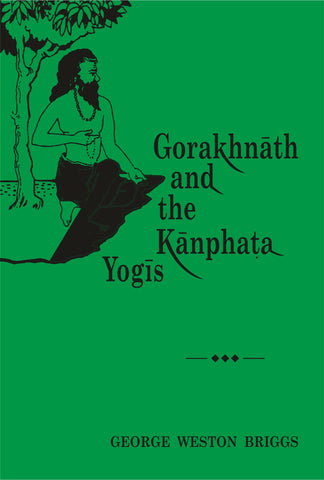
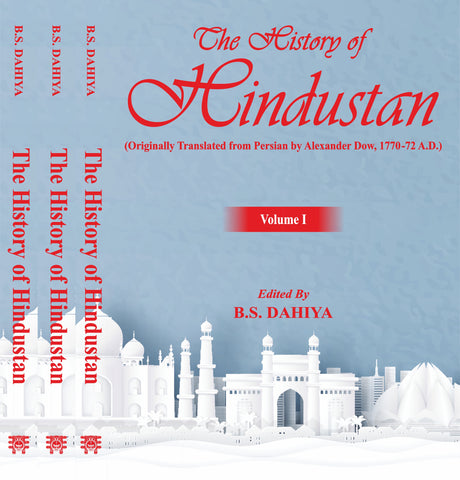
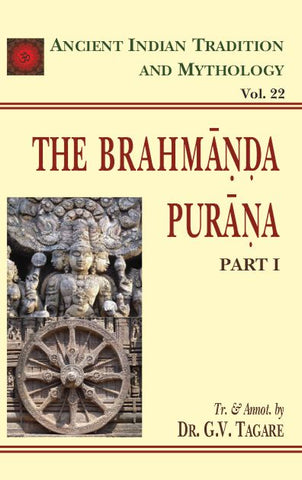
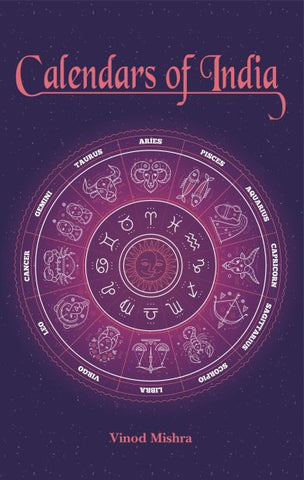
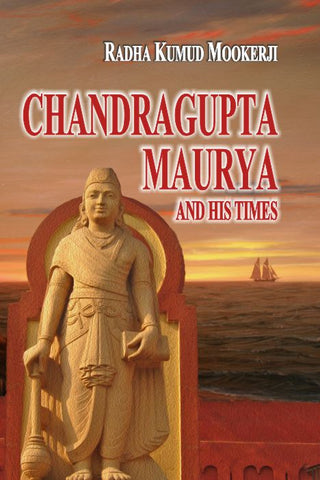
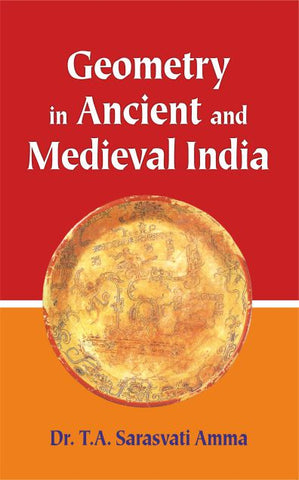
![A HISTORY OF INDIAN PHILOSOPHY [5 VOLUMES] by Surendranath Dasgupta](http://www.motilalbanarsidass.com/cdn/shop/products/HISTORYOFINDIANPHILOSOPHY_large.jpg?v=1675238163)
